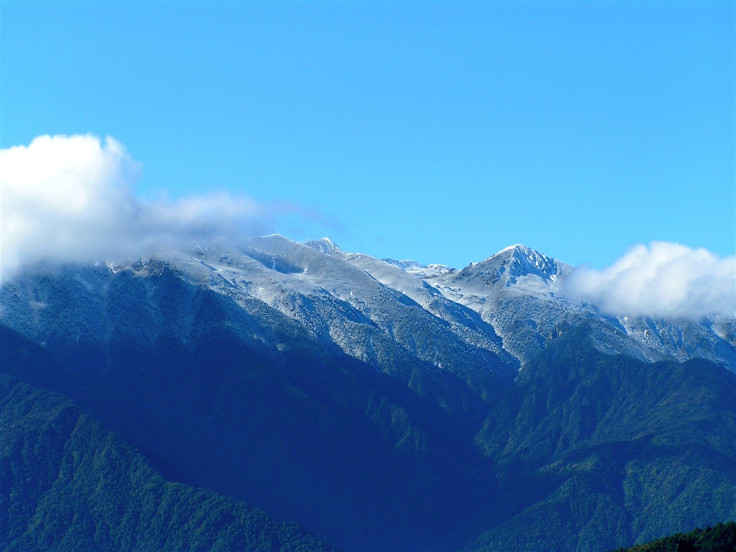300-year-old Buddhist text reveals entire Himalayan fault can produce massive earthquakes
A major earthquake struck Bhutan in 1714, meaning entire Himalayan arc has shaken at some point in last 500 years.
A 300-year-old text written by a Buddhist monk has helped scientists confirm that the entire length of the Himalayan fault – some 2,400km (1,500 miles) – can produce major earthquakes. Researchers found evidence that Bhutan experienced an earthquake with a magnitude of at least 7.5 to 8.5 in 1714. Prior to this, there were no records of seismological activity in the country, meaning there was a gap in our understanding of the mountain chain.
The Himalayan mountain range is the highest on Earth, having been produced by the Indian tectonic plate subducting under the Eurasian plate. It produces some of the world's biggest and most destructive earthquakes. Last year a magnitude 7.8 earthquake in Nepal killed over 8,500 people.
Until now, however, it was not known if every part of the Himalayan arc could produce earthquakes. Bhutan, located between India and China, has largely been isolated for the last century. Scientists were seldom allowed inside its borders to study its geology and there were no records of it having experienced a major earthquake in the last 500 years.
However, after a magnitude 6.0 earthquake struck in 2009, the government started letting researchers in so as to better understand the potential for natural disasters. In a study published in the journal Geophysical Research Letters, scientists have been able to show it has a history of devastating earthquakes.

György Hetényi and colleagues found a biography of the famous 18th-century Buddhist monk Tenzin Lekpai Dondup. In it, reference was made to an earthquake in 1714 that destroyed the Gangteng monastery. It also pointed to a number of aftershocks, indicating it was a major event.
The team then dug trenches around the fault line to work out if one side had moved vertically – evidence of a big earthquake. Findings showed the rock on one side had moved at some point between 1642 and 1836 – confirming the accounts depicted in the biography.

Further analysis showed the earthquake would have had a magnitude of between 7.5 and 8.5 and that it appears to have unzipped up to 300km of the fault. "It's a really significant event that happened 300 years ago," Hetényi said. "We are able for the first time to say, yes, Bhutan is really seismogenic, and not a quiet place in the Himalayas."
By confirming the Bhutan earthquake, researchers have now shown the entire Himalayan arc has produced major earthquakes in the last 500 years – a finding that will help governments better understand the risks posed. "We provide a longer and therefore more representative record of seismicity in Bhutan, and this makes better hazard estimates," Hetényi said.
© Copyright IBTimes 2025. All rights reserved.






















